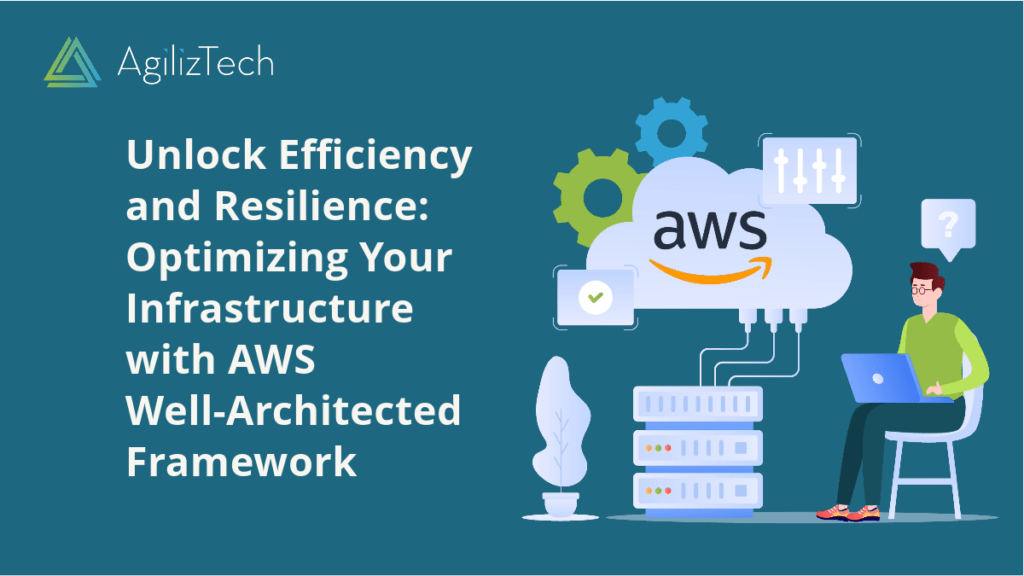
AWS Well-Architected: Optimizing Your Infrastructure
Overview
AWS Well-Architected Framework is a set of best practices and guidelines for designing and running cloud applications on AWS. It helps you to achieve security, reliability, performance, cost optimization, and sustainability for your workloads. This blog post will explain what AWS Well-Architected Framework offers, its advantages, and how to use it for your cloud applications.
What is AWS Well-Architected Framework?
AWS Well-Architected Framework is a framework that describes the key concepts, design principles, and architectural best practices for building and operating workloads in the cloud. It consists of six pillars:
- Operational Excellence pillar focuses on running and monitoring systems, and continually improving processes and procedures. It covers topics such as automation, event response, and standards.
- Security pillar focuses on protecting information and systems. It covers topics such as data confidentiality and integrity, user permissions, and security controls.
- Reliability pillar focuses on ensuring that workloads perform their intended functions and recover quickly from failures. It covers topics such as distributed system design, recovery planning, and scalability.
- Performance Efficiency pillar focuses on using resources efficiently and effectively. It covers topics such as resource selection, monitoring, and optimization.
- Cost Optimization pillar focuses on avoiding unnecessary costs and maximizing value. It covers spending analysis, resource allocation, and scaling strategies.
- Sustainability pillar focuses on reducing the environmental impact of workloads and supporting social responsibility. It covers topics such as carbon footprint, energy efficiency, and waste reduction.
Each pillar has a set of questions that help you to evaluate your architecture against the best practices and identify areas for improvement. You can use the AWS Well-Architected Tool to answer these questions and get recommendations for your workloads.
What are the Advantages of AWS Well-Architected Framework?
Using AWS Well-Architected Framework has many benefits for your cloud applications, such as:
- Improved quality: By following the best practices and design principles, you can ensure that your workloads meet your customers’ and stakeholders’ quality standards and expectations.
- Reduced risk: By applying the security, reliability, and sustainability measures, you can reduce the risk of data breaches, downtime, or environmental harm.
- Increased efficiency: By optimizing the performance and cost of your resources, you can increase the efficiency and productivity of your workloads and save money.
- Enhanced innovation: By adopting operational excellence practices, you can enable faster feedback loops, continuous improvement, and experimentation for your workloads.
Conclusion
AWS Well-Architected Framework is a valuable resource for cloud architects, developers, and operators who want to build secure, reliable, efficient, cost-effective, and sustainable cloud applications on AWS. Using the framework, you can improve the quality, reduce the risk, increase efficiency, and enhance the innovation of your workloads. You can use the AWS Well-Architected Tool or Partner Program to review your architecture and get recommendations for improvements. You can also use the AWS Well-Architected Labs to learn and implement some of the best practices.



